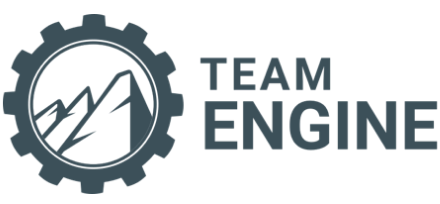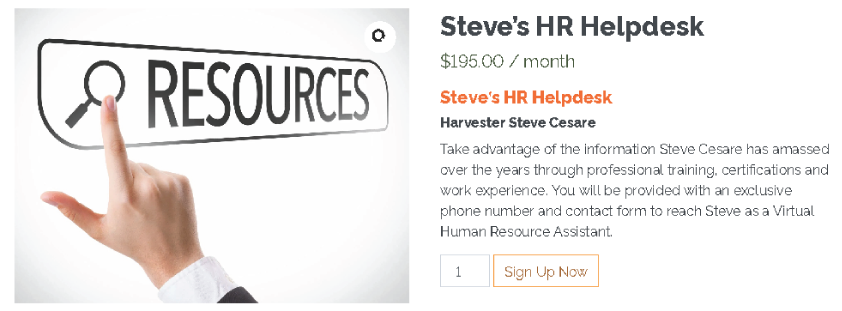
SAFETY PROGRAM FUNDAMENTALS
Steven Cesare, Ph.D.
A frustrated business owner from California called me the other day to vent about the increased number of post-employment workers’ compensation claims that have bombarded his $3,000,000 company over the past two years, resulting in an annual premium of $250,000. In specific, once an employee is fired, resigns, or gets laid off, s/he typically files a workers’ compensation claim against the previous employer for a soft tissue injury, continuous trauma, or “ongoing pain.” It’s a standard pattern that is all too popular in California; a pattern which will soon spread to other states, if it has not already found your company’s address.
It’s going to happen.
Responsively, I outlined the following architecture for a sound safety program to the business owner.
Measurement: Per OSHA regulations, I instructed the business owner to review his Company’s Detailed Loss Run Report for the past five years to determine injury type, frequency, and context. Those numbers likely parallel the Company’s Experience Modification Rates and annual premium costs. By the way, the business owner did not know any of those metrics; I guess his priorities have now shifted.
Ownership: Who owns employee safety? Foremen, Supervisors, Department Managers? My choice is the Department Managers, who are usually too detached from job site operations to exert meaningful leadership, tactical direction, and safety-related cost containment. With direct intent, how does a company give someone a pay raise or promotion if their employees frequently get injured? Literally, how?
Safety Coordinator: Hire one; promote one; train one; get one. I told the business owner that he must take one of his best Foremen (now making $25/hour), raise his pay to $28/hour, get him OSHA 10-hour certified, and outline specific injury trends and best safety practices that he should review during each job site visit.
Administrative: Develop safety goals, policies, and code of safe practices, and hold employees to those expectations consistent with the safety culture. “Safety” must be included on every employee’s job description, performance appraisal, and in the employee handbook. Make safety a prominent aspect of the Company’s New Employee Orientation Program, On-boarding Process, Career Ladder, and Daily Huddles.
Audits: Beyond monthly internal safety audits, demand your workers’ compensation vendor provide a Field Safety Representative to audit 4-5 job sites each quarter, and submit a written report to your management team within two weeks of the visit, identifying common themes, consistent vulnerabilities, and a remediation plan for each. Additionally, demand your workers’ compensation vendor provide you with a retired OSHA auditor (they have their names on file) to conduct a complete two-day mock OSHA audit every November.
Training: Ongoing safety training is essential: weekly safety tailgate sessions, position training (e.g., Maintenance Laborer, Construction Foreman, Irrigation Technician), and specific equipment and functional training and coaching by the Department Manager, Foremen and Safety Coordinator on the actual job sites.
Communication: Institute a diagonally-layered, cross-functional Safety Committee that meets monthly to discuss recent injures, near misses, precautions, and best practices. Employee safety must also be a constant topic on every management team and executive team meeting agenda, as well as at every quarterly reward and recognition ceremony.
Accountability: Every injured employee must be required to be interrogated by the Safety Committee to explain the circumstances of the injury, its drivers, the employee’s role, and the employee’s future actions to prevent reoccurrence. Conversely, the Company should adopt a Safety Raffle that bestows tickets each month to employees who demonstrate proper safety practices. Those raffle tickets are then linked to gifts distributed during the quarterly reward and recognition ceremony.
I strongly recommend you implement (or revitalize) these Safety Program fundamentals to keep all current, future, and inevitable post-employment injury claims away from your Company address.
Trust me: It’s going to happen.
If you have any questions or comments about this topic or anything else related to human resources, Sign Up for Steve’s HR Helpdesk!
Check Out Harvester Steve Cesare’s
NEW OFFERING!
Harvest Group Partners


Click the icon below to download the Harvest Group Mobile app!
What do you want to learn more about?
The Harvesters want to know what topics you would like to see us discuss. Click below to submit your ideas!



